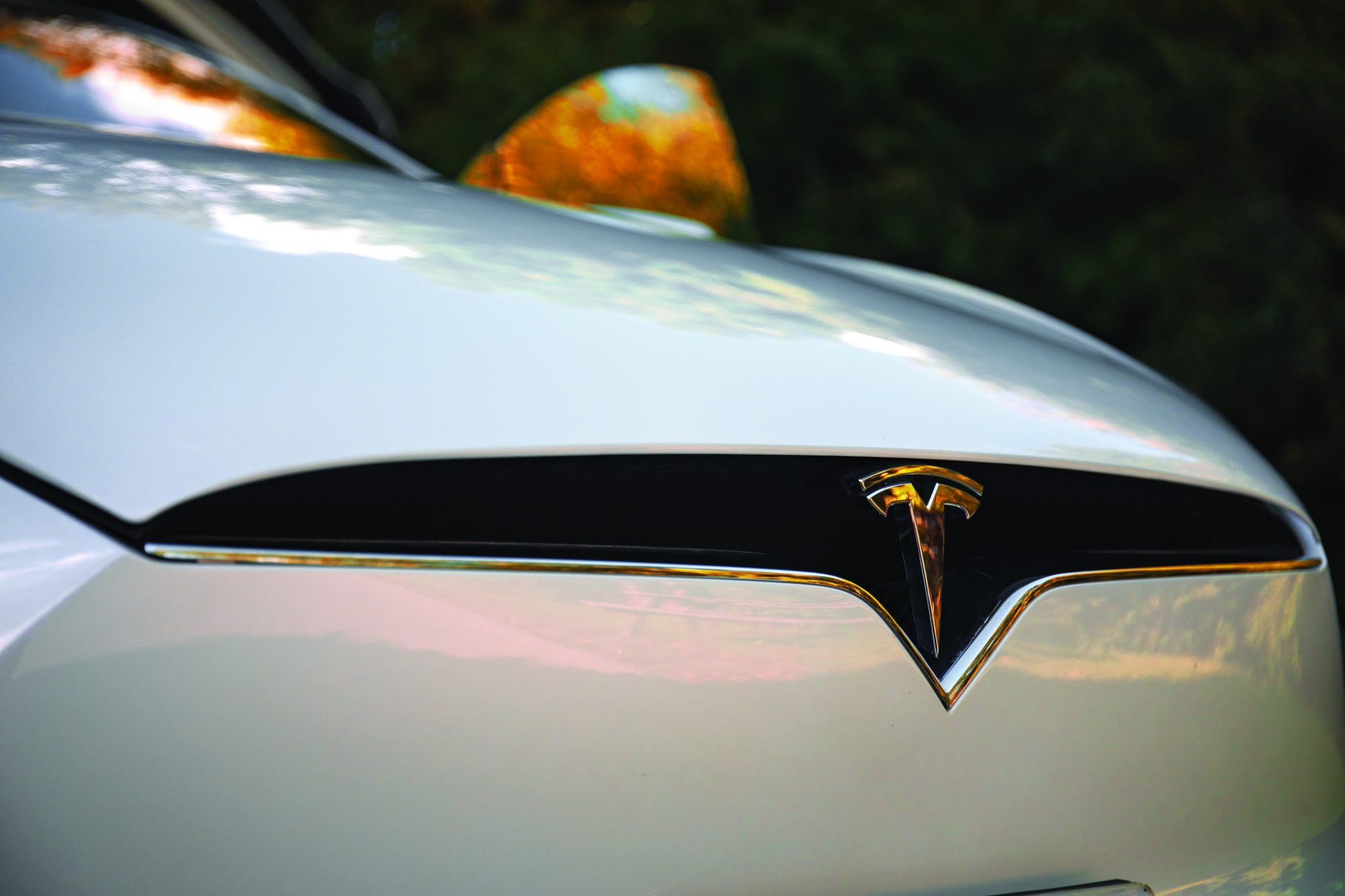Every day, people take nearly 60,000 trips between Guelph and Waterloo Region. Most of them drive alone.
Improving travel to and from Guelph has been a long-standing challenge. Highway 7 is currently being expanded to four lanes, although that could attract even more vehicle traffic to the corridor, worsening congestion.
We won’t get all-day two-way GO train service until negotiations over the rail tracks between Guelph and Kitchener are resolved. Greyhound currently runs 14 trips a day between Kitchener and Guelph, which is fine if you can make the schedule work, but hardly enough to serve everyone’s travel needs.
Given the lacklustre options that exist, it’s not surprising most people drive in their own car to get to Guelph. It also makes for a great opportunity for someone to fill those scheduling gaps. On Sept. 22, that option arrived when Wroute began its first day of service.
Wroute is a new passenger service that runs every 15 minutes between Fariview Park Mall in Kitchener, and Guelph’s central station. These locations were deliberately chosen to hook into the existing transit network, including Waterloo Region’s ION light rail and Guelph’s VIA Rail station.
With a fleet of all-electric 6-seat Teslas, Wroute can make more frequent trips than a full-sized bus.

Jason Hammond, the company’s owner and president, says he wants to use Wroute to make public transit options more convenient for people.
“If someone can take a bus or train for one direction of their trip, but to make the schedule work they use us for the other direction, that unlocks that journey for passenger services rather than driving, that’s what we want to see happening,” Hammond said.
“We’re trying to convert drivers into passengers by making passenger service something they can see themselves being a part of.”
The vehicles come equipped with bicycle racks, so passengers could also combine a Wroute trip with a short bike ride to get where they need to go.
Unlike ride-hailing startups like Uber or Lyft, Wroute isn’t looking to disrupt an entire industry.
“At the end of the day, we’re trying to build up the passenger marketplace so that everybody has more passengers to work with. We want all of the existing carriers to succeed. So, the reason we’re going with high-frequency service is to fill in those gaps and make the whole system stronger,” Hammond said.
Another difference between Wroute and the Ubers of the world is in the way it treats its employees. All Wroute drivers are salaried permanent employees, not precarious “independent contractors.”
“One of the things we’ve done is blend a lot of our positions between driving and an administrative function. So when driving is very busy, they can mostly be driving. Likewise, if they have a big project at their desk, they can hand the driving to other folks. It means that they have that stability, because millennials can have mortgages too,” Hammond said.
Transportation startups are transforming travel in cities all over the world, and not always in a positive way. In many cases, they’ve actually increased traffic congestion by luring passengers away from public transit.
Hammond is confident that Wroute won’t have that effect, by proving to operators like GO Transit and Greyhound that the Guelph – Waterloo Region corridor is worth investing in.
“I think a lot of our trips will come from trips that wouldn’t have existed otherwise. People who say: ‘I’d love to come visit but I can’t get there from here.’ There’s certainly no intention from our side of replacing transit trips,” Hammond said.
“The whole reason this company started was to support transit and make it more viable.”




Leave a Reply